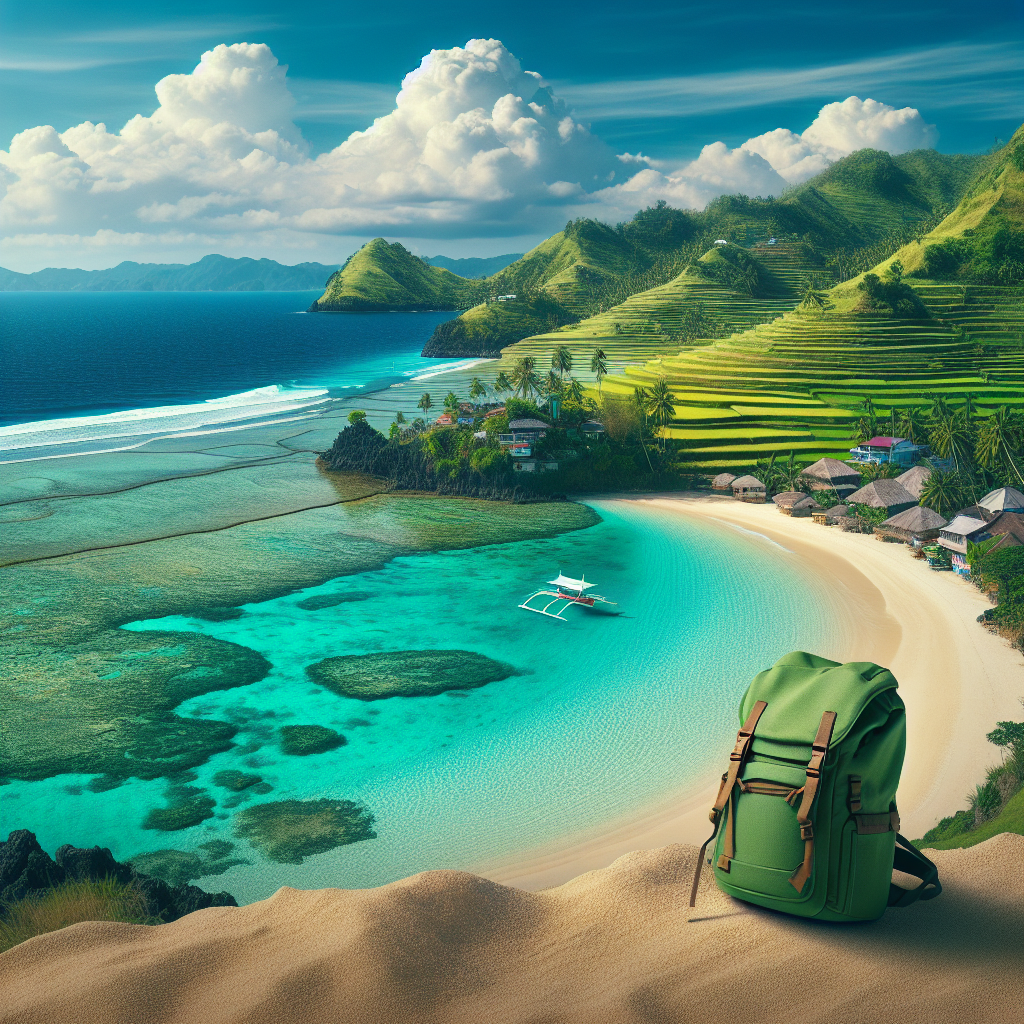Exploring the Philippines on a Shoestring: Your Ultimate Budget Travel Guide
The Philippines, an archipelago nation of over 7,000 islands, is a dream destination for many travelers. Known for its stunning beaches, vibrant culture, and warm hospitality, the country offers a vast array of experiences. However, the perception that travel here is expensive deters some. In reality, with careful planning and smart choices, exploring the Philippines on a budget is not only feasible but can also be incredibly rewarding. Here’s your ultimate guide to making the most of this beautiful country without breaking the bank.
Getting There and Around
Flights
The key to finding cheap flights to the Philippines is flexibility and early booking. Use flight comparison tools and consider flying into Manila or Cebu, the main international gateways. Off-peak seasons, generally outside of Christmas, New Year, and Holy Week, offer lower prices.
Local Transportation
Once in the country, the most cost-effective way to travel between islands is by ferry. Companies like 2Go Travel and OceanJet offer affordable rates. For shorter distances, Jeepneys and tricycles are ubiquitous and cheap, though be prepared to haggle in touristy areas. For longer land journeys, night buses are a good option, saving on a night’s accommodation.
Accommodation
Budget accommodations in the Philippines vary widely, from hostels to local guesthouses. Websites like Hostelworld and Booking.com can help you find dorm beds or private rooms at low rates. Consider homestays or Couchsurfing for a more immersive experience and even greater savings. Always check recent reviews and book in advance, especially during peak seasons.
Eating and Drinking
Filipino cuisine is a blend of indigenous, Spanish, Chinese, and American influences, offering a rich variety of flavors. Eating like a local is the way to go for budget travelers. Street food is not only cheap but also a window into the country’s culinary soul. Look for places crowded with locals to enjoy specialties like adobo, lechon, and balut for those feeling adventurous. Carinderias (local eateries) offer hearty meals at low prices. Remember, tap water in the Philippines is not potable, so budget for bottled water or invest in a water purification bottle.
Activities and Attractions
The beauty of the Philippines is that many of its attractions are free or require only a minimal fee.
Beaches
From the white sands of Boracay to the hidden coves of Palawan, the country’s beaches are its biggest draw. While some famous beaches may have entrance fees, many lesser-known ones are completely free.
Hiking
For nature lovers, the Philippines offers countless hiking opportunities. Mountains like Mt. Pulag and the Chocolate Hills in Bohol are accessible with small entrance fees or guided tours that are affordable.
Historical Sites
Explore the rich history of the Philippines by visiting its old churches, forts, and historical landmarks. Intramuros in Manila, a historic walled area from the Spanish colonial period, has parts that can be explored for free or a small fee.
Tips for Saving
1. Travel in Groups: Sharing expenses for accommodation, food, and transport can significantly lower costs.
2. Haggle: In markets and with tricycle drivers, haggling is expected. Politely negotiate to get a fairer price.
3. Use Local SIM Cards: For longer stays, local SIM cards offer much cheaper rates for calls and data than international roaming plans.
4. Limit Alcohol Consumption: Alcohol, especially in tourist areas, can be pricey. Enjoy in moderation or buy from local stores and enjoy on the beach.
5. Choose Your Island Hopping Tours Wisely: While island hopping is a must-do, prices vary. Shop around and don’t be afraid to join other groups to get a better rate.
Recreating the Experience
Upon returning home, the vibrant spirit of the Philippines can still be part of your life. Engage with Filipino communities, try cooking Filipino dishes at home, and share stories and photos of your travels. The true essence of travel lies in the memories and connections you make, and these can last a lifetime.
FAQ
Q: Is the Philippines safe for solo travelers?
A: Yes, the Philippines is generally safe for solo travelers, but like anywhere, it’s important to exercise common sense. Stay informed about local conditions and avoid risky areas, especially at night.
Q: What is the best time to visit the Philippines?
A: The dry season, between November and April, is considered the best time to visit. However, traveling in the shoulder months can offer lower prices and fewer crowds.
Q: How can I communicate with locals?
A: Filipino (Tagalog) and English are the official languages. English is widely spoken, making communication for travelers relatively easy.
Q: Do I need a visa to visit the Philippines?
A: Many nationalities can enter the Philippines without a visa for stays of up to 30 days. Always check the latest visa requirements from the official Philippine Bureau of Immigration or your local embassy before traveling.
Exploring the Philippines on a budget is not only possible but can also enhance the travel experience, pushing you towards more authentic and memorable adventures. With these tips and insights, you’re now equipped to dive into the heart of the Philippines without spending a fortune. Mabuhay and enjoy your journey!
